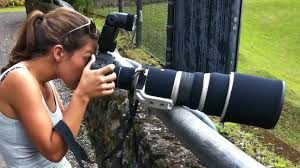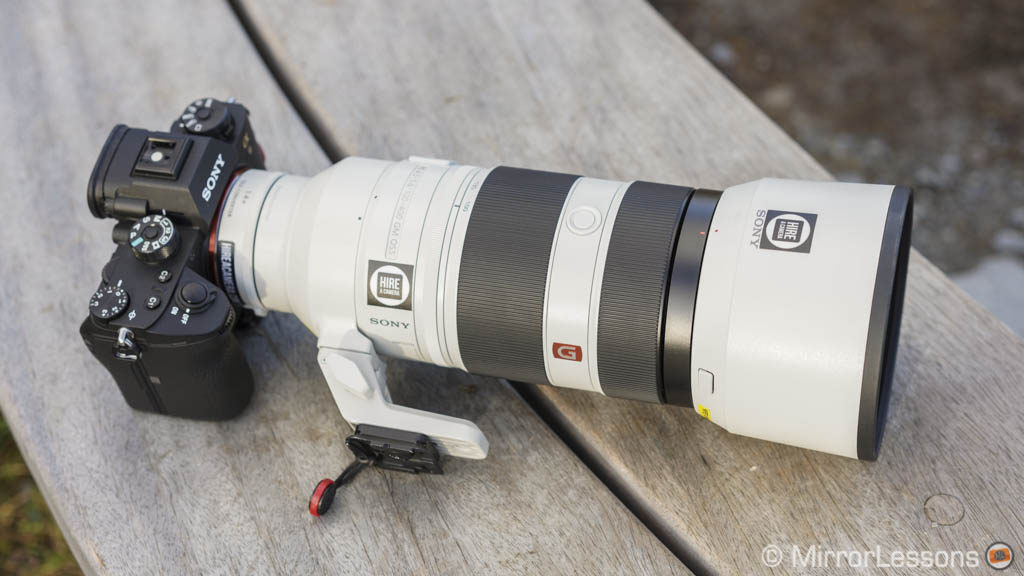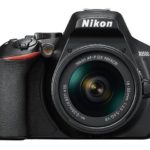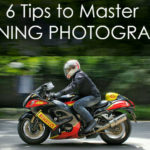I wish to buy a 300mm f/2.8 prime
lens for wildlife photography but my friend recommends that I should get a 80-400mm or a 200-500mm lens since this range covers 300mm and offers more focal range. What do you suggest?
I take it that you are a Nikon user since the two zoom lenses that you have mentioned are made by Nikon. To make an informed choice, consider the following:
Will you use the lens on a full-frame body or on an APS-C body? On an APS-C body, because of the ‘crop factor’, the 300mm lens will act like a 450mm lens (it will give you an angle-of-coverage that a full-frame body would give with a 450mm lens). Similarly, on an APS-C body, the two zooms will be equivalent to 120600mm and 300-750mm respectively.

About the 300mm f/2.8 Prime lens for wild photography
1) Prime lenses are generally sharper than zoom lenses.
2) Assuming that you will be using a full-frame body, the 300mm lens could serve you well for large mammals, or birds/other subjects that are reasonably close by.
3) The 300mm f/2.8 lens will allow for quicker autofocus, and allow you to photograph in low/poor light without resorting to higher ISOs which in turn could give more ‘noise’ and lower the dynamic range. The ‘fast’ lens will also allow you to use higher shutter speeds to stop action without raising the ISO.
4) By adding a 1.4x teleconverter, the 300mm f/2.8 lens would become a 450mm f/4 lens (on a full-frame body) without any appreciable loss in image quality.
About the zoom lenses for wild photography
1) Either of the two zooms in question will let you photograph subjects that
are comparatively further away.
2) Both the zooms are ‘slow’ compared to the prime lens being discussed. This means that, when shooting in low/poor light, you will have to raise the ISO, which in turn will get you more ‘noise’ and lower the dynamic range. And if you wish to increase your shutter speeds to freeze action, there will be no choice rather than increase the ISO.
3) Zoom lenses offer the convenience of changing the focal length (and hence the framing) that the prime lens will not allow.
4) Though it is possible to attach a teleconverter to a zoom lens, I would advice against it; not only would that make the lens ‘slower’, it would also show a noticeable drop in image quality.
My personal suggestion for wild photography
If you are young and strong (and rich), consider the 300mm f/2.8 for wildlife, and use it with an APS-C camera body (like the D500) to get an equivalent of 450mm. Or, even better, use it on the fullframe D850 to get superb 45-megapixel images; when the ‘reach’ is important, set the D850
to DX mode and get approximately 19-megapixel shots at 450mm equivalent. This way, you can have the best of both worlds!



